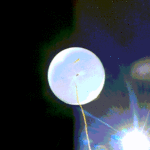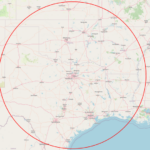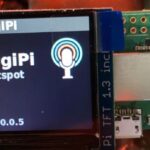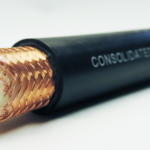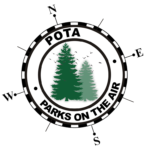By Ken Hansen, N2VIP
I am not a Contester – sure I participate in Field Day, but rarely do I make a point of participating in other contests, I rarely find myself with sufficient time to participate in any meaningful way. But with encouragement from a few friends, I committed to participating in a recent contest.
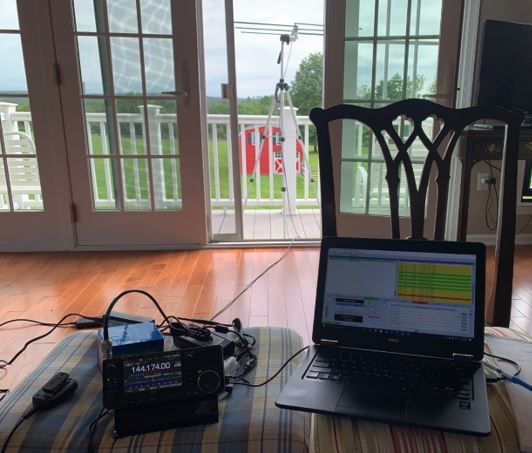
With a very modest setup – an Icom IC-705 QRP radio, an external 9 amp Bioenno battery, and an Elk dual-band Log Periodic beam on a 6′ tripod on a second floor balcony in NJ (Maidenhead Square FN20io), I went forth and worked the recent ARRL VHF Contest. [0] Briefly, the goal of the VHF Contest is to work as many Maidenhead Squares [1] as possible, on as many bands above 50 MHz as possible, in a 24 hour period
I got a VERY late start, while the contest started at 18:00 UTC, I started setting up my station at about 10:30 PM local time, but quickly got on the air and bagged my first QSO, an SSB contact in the same square (FN20).
After setting up the laptop for WSJT-X, I hit my stride, completing about 90% of my attempted contacts (the other 10% went unanswered), with only 10 watts.
My contacts range from near Portland, Maine down to the northern border of North Carolina, each about 300 miles from my QTH in central New Jersey, all on 2 meters.
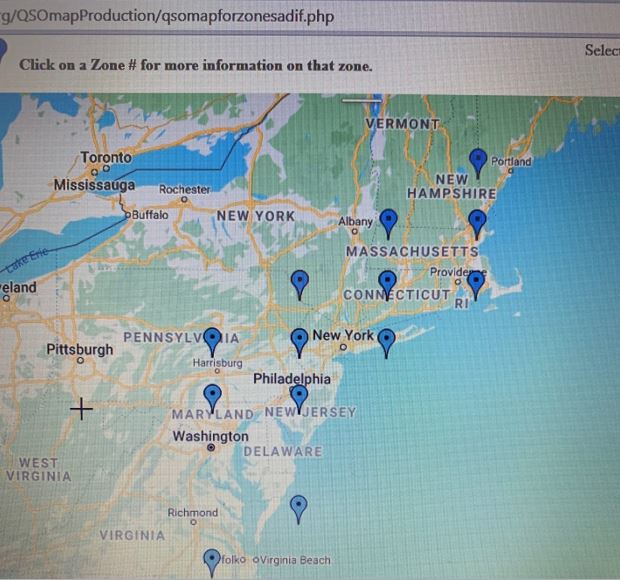
I was very pleased with the performance of my very modest ‘contest station’. While I can think of dozens of things to improve my score (cover more bands, spend more AIS time ([behind] in seat), amplifier, tower, high gain antenna, etc), for the setup/takedown effort involved, I’m very pleased with the results I got, and I had a great time.
In total I had 32 FT8 contacts representing 13 grid squares. (Wow, big deal! LOL) but for the hours I worked (10:30 – 4:00 AM, with another hour or two starting at 8:00 AM, all local time) and the band I chose (2 meters exclusively), covering half the original 13 colonies is pretty good in my book.
It took all of 30 minutes to setup my station and start operating – I decided early on I wasn’t going to obsessively try and improve every aspect of my station in hopes of mounting a serious campaign in the contest, I was instead going to dip my toe in the water and see what I could do given what I had on-hand. Looking back over my notes, I’d very much like to come back next year and try the contest again – but I might decide to upgrade to a higher-performance station – my Icom IC-9700, feeding a more significant dual-band beam that can handle the higher output power, like the A270-10S (5 elements each on 2m and 70cm) and maybe a preamp… Or, I could run the same simple setup again, but invest more time in the event. Either way, I found the contest fun, and I plan to engage in a few more in the near future. I’d encourage you consider contesting if you haven’t already – it needn’t be an activity that takes over your weekend, and it doesn’t have to require a significant investment of either time or money – run with what you’ve got, and see how you do.
Note: While I choose to run low-power (10 watts), on a challenging band (2 meters), at the worst time of the contest (the middle of the night), and with a modest antenna (a log periodic beam with about 9 DBi of gain), I benefitted greatly from a location that was among the highest in the surrounding area. While scoping out possible locations my mobile 2 meter radio which I had recently configured for APRS picked up an APRS beacon from 219 miles away in Dartmouth, MA! The choice of location is likely the biggest benefit or limitation to your station’s success. No amplifier or radio can overcome a poor location.
[0] http://www.arrl.org/june-vhf
[1] A Maidenhead Square is defined as a 1 degree latitude by 2 degree longitude square, or about 70 by 100 miles. See http://www.arrl.org/about-grid-squares for more information.

